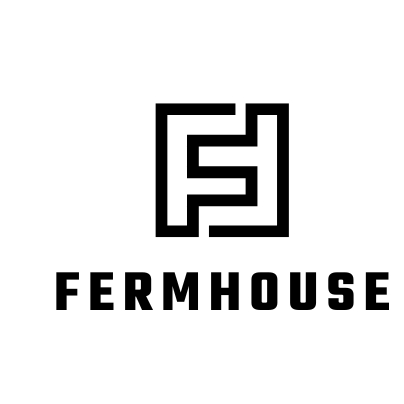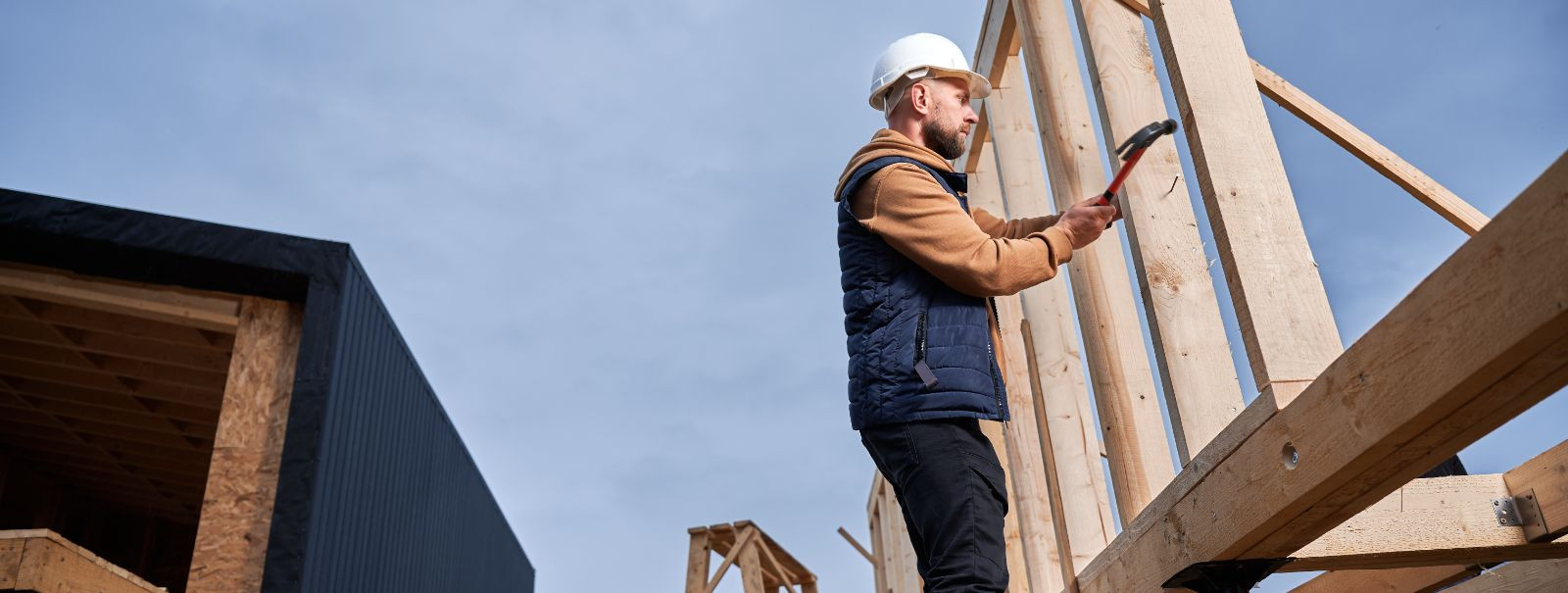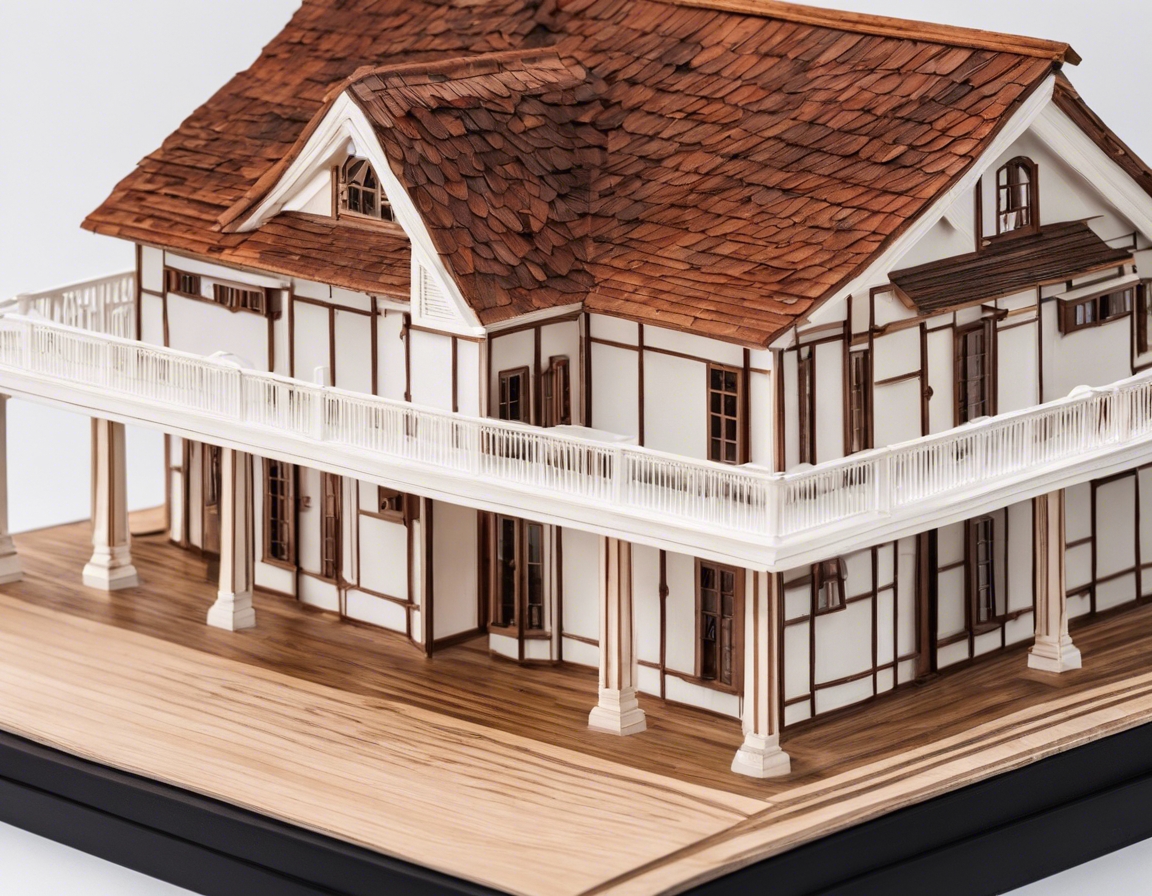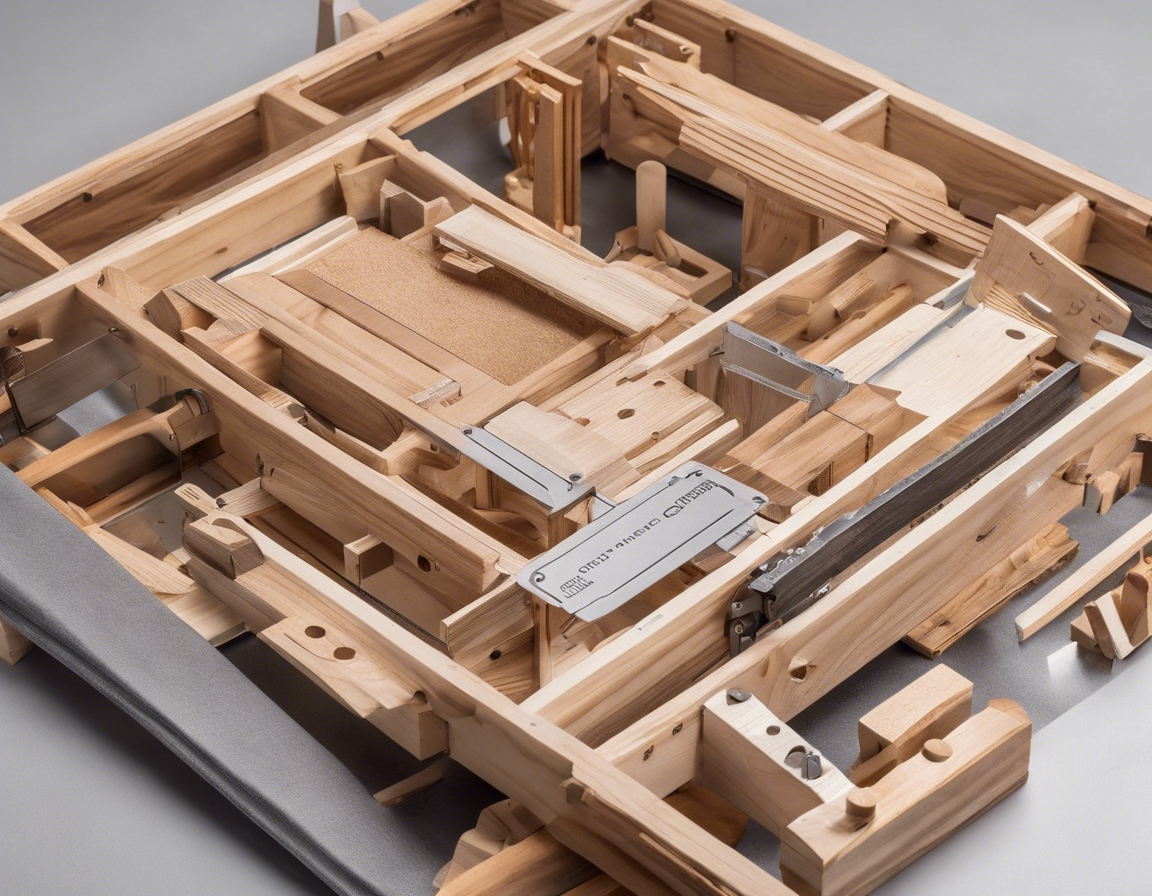The benefits of prefabricated construction in modern housing
Prefabricated construction, also known as modular or off-site construction, involves the manufacturing of building components in a factory setting, which are then transported and assembled on-site to create a structure. This method stands in contrast to traditional on-site construction, where all aspects of building are carried out at the location of the final structure.
The concept of prefabricated construction is not new. It dates back to the 19th century and has evolved significantly with advancements in technology and materials. Today, it represents a sophisticated and highly efficient approach to building, suitable for a wide range of housing needs.
Key Benefits of Prefabricated Construction
Prefabrication significantly reduces construction time, as components can be manufactured concurrently while the site is being prepared. This parallel process streamlines the timeline and allows for faster occupancy.
With prefabrication, costs are often lower due to the controlled factory environment reducing labor and material waste. Bulk purchasing of materials can also lead to cost savings.
Factory settings allow for stringent quality control processes, ensuring that each component meets high standards. This consistency is often challenging to achieve with traditional construction methods.
Prefabricated construction is inherently more sustainable than traditional methods. It reduces on-site disturbance, lowers waste through precise manufacturing, and often incorporates eco-friendly materials.
Modern prefabricated homes can be designed with flexibility in mind, accommodating various architectural styles and client preferences. Customization is readily achievable in the factory setting.
By transferring much of the construction work to a controlled environment, prefabricated construction reduces the risks associated with on-site building, such as accidents and weather-related delays.
How Prefabricated Construction Supports Modern Housing Needs
Prefabricated homes can be produced at a lower cost, making them an excellent option for affordable housing initiatives. This is particularly important as housing prices continue to rise globally.
As urban areas become denser, prefabricated construction offers solutions that are quick to install and cause minimal disruption to the surrounding environment.
Energy efficiency is a significant concern for modern homeowners. Prefabricated homes are often better insulated and sealed, leading to reduced energy consumption and lower utility bills.
The integration of smart home technology and advanced building materials is more straightforward with prefabricated construction, allowing for modern homes that are equipped for the future.
The Role of Prefabricated Construction in Sustainable Development
Prefabrication encourages the efficient use of materials and makes recycling easier, as off-cuts and excess materials can be managed more effectively in a factory setting.
With better control over the building envelope, prefabricated homes typically have superior thermal performance, contributing to their overall energy efficiency.
Many prefabricated homes utilize renewable materials such as sustainably sourced wood, further enhancing their ecological credentials.
The long-term benefits of prefabricated construction include reduced carbon footprints and lower operational costs, aligning with the values of environmentally conscious individuals and businesses.






Comments (0)